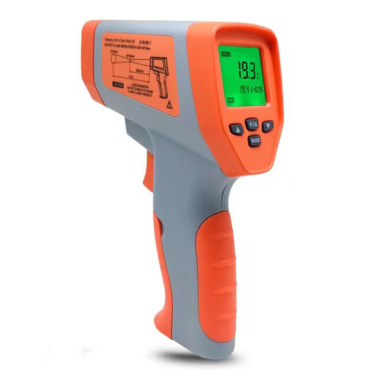
# How to Use a Cooking Thermometer for Perfectly Cooked Meals
## Introduction
Cooking meat to the perfect temperature is both an art and a science. Whether you’re grilling steaks, roasting chicken, or baking fish, a cooking thermometer is your best friend in the kitchen. This simple tool takes the guesswork out of cooking, ensuring your meals are not only delicious but also safe to eat.
## Why Use a Cooking Thermometer?
Many home cooks rely on visual cues or cooking times to determine when their food is done. However, these methods often lead to:
– Overcooked, dry meat
– Undercooked food that may be unsafe
– Inconsistent results
A cooking thermometer provides precise temperature readings, guaranteeing perfectly cooked meals every time.
## Types of Cooking Thermometers
### 1. Instant-Read Thermometers
These digital or analog thermometers give quick temperature readings (usually within 2-10 seconds) when inserted into food. They’re perfect for checking doneness at the end of cooking.
### 2. Leave-In Thermometers
Designed to remain in the food throughout the cooking process, these thermometers often have probes that connect to a display unit outside the oven or grill.
### 3. Oven-Safe Thermometers
These analog thermometers stay in the food while it cooks in the oven, allowing you to monitor temperature through the oven window.
## How to Use a Cooking Thermometer Properly
### Step 1: Choose the Right Thermometer
Select a thermometer appropriate for your cooking method. Instant-read thermometers work well for quick checks, while leave-in models are better for slow-cooked dishes.
### Step 2: Insert Correctly
Insert the thermometer into the thickest part of the meat, avoiding bones, fat, or gristle. For poultry, check the innermost part of the thigh and wing, and the thickest part of the breast.
### Step 3: Wait for Accurate Reading
For instant-read thermometers, wait until the temperature stabilizes. With digital models, this usually takes just a few seconds.
### Step 4: Check Against Safe Temperatures
Keyword: cooking thermometer
Refer to these USDA-recommended safe minimum internal temperatures:
– Poultry (whole or ground): 165°F (74°C)
– Ground meats: 160°F (71°C)
– Beef, pork, veal, and lamb (steaks, chops, roasts): 145°F (63°C) with 3-minute rest
– Fish: 145°F (63°C)
## Tips for Best Results
– Calibrate your thermometer regularly to ensure accuracy
– Clean the probe thoroughly after each use
– For thin cuts of meat, insert the thermometer sideways
– Allow meat to rest after cooking (temperature will continue to rise 5-10°F)
– Consider carryover cooking when removing from heat
## Common Mistakes to Avoid
1. Not letting the thermometer reach the center of the food
2. Checking temperature too early in the cooking process
3. Relying solely on cooking time estimates
4. Using a thermometer not designed for food use
5. Forgetting to account for resting time
## Conclusion
Mastering the use of a cooking thermometer will transform your culinary skills, ensuring perfectly cooked, safe, and delicious meals every time. This small investment in kitchen tools pays off in consistently excellent results and the confidence to cook various proteins perfectly. Say goodbye to dry chicken and overcooked steaks – your cooking thermometer is the key to precision in the kitchen.
0 thoughts on “How to Use a Cooking Thermometer for Perfectly Cooked Meals”